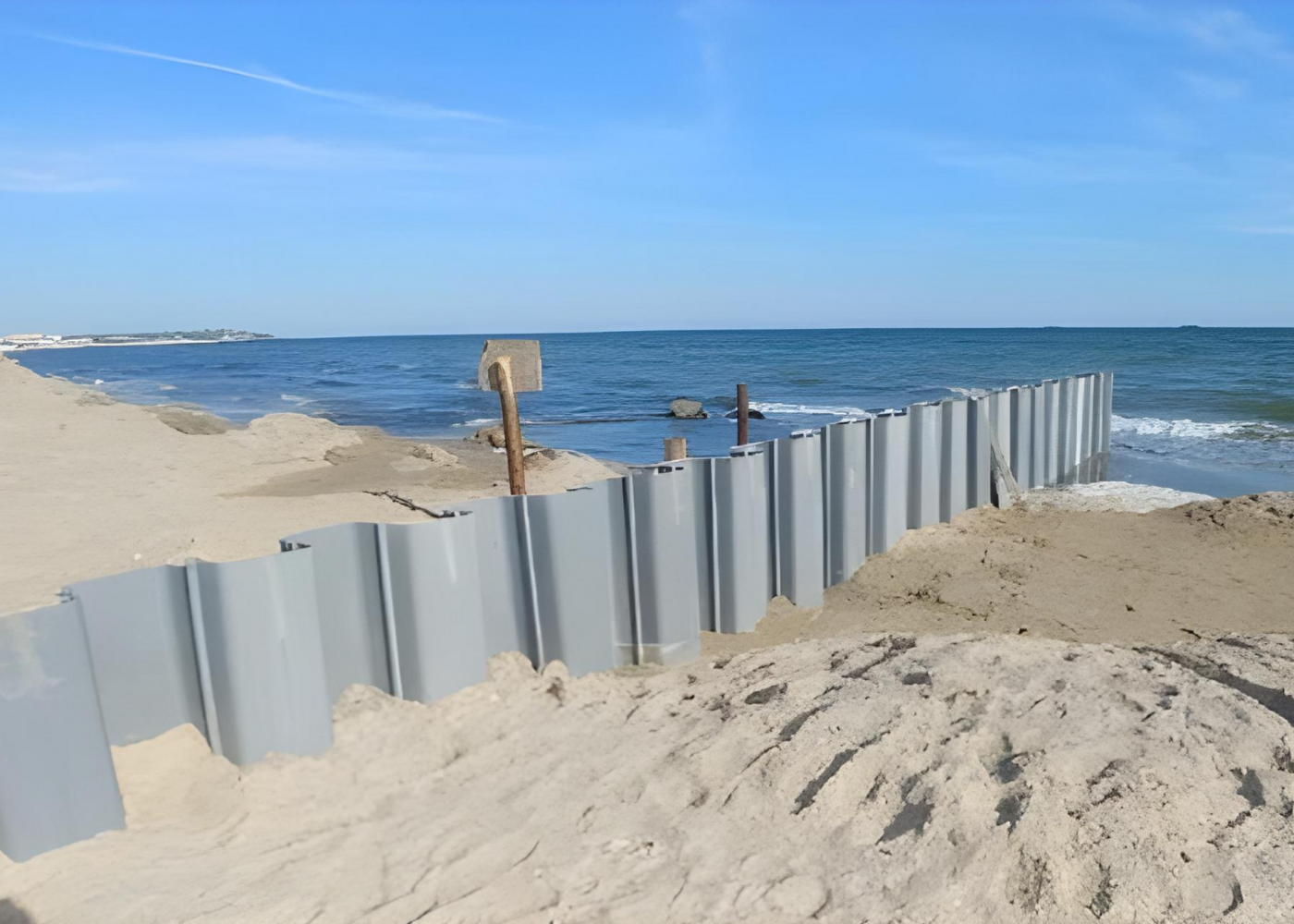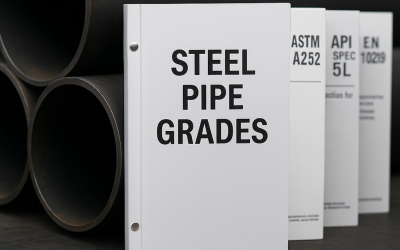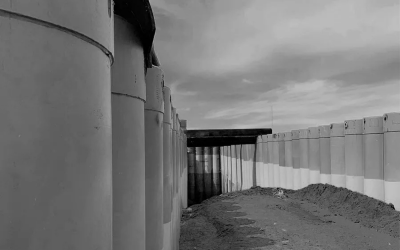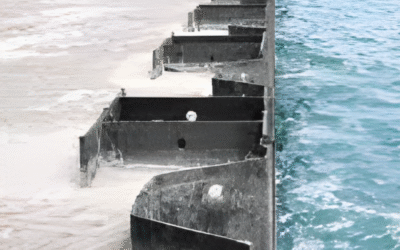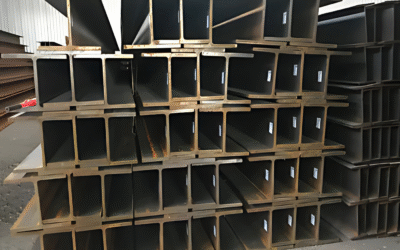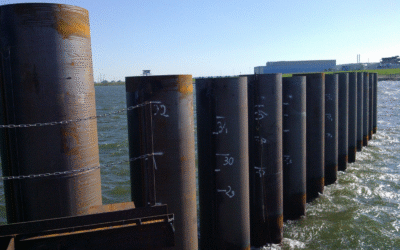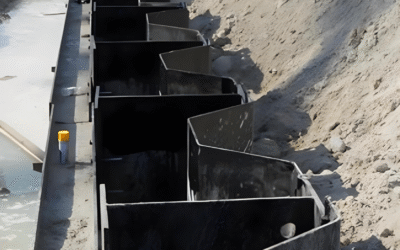Vinyl sheet pile retaining walls are an increasingly preferred solution for modern construction projects requiring long-lasting performance, corrosion resistance, and aesthetic appeal. Whether for waterfront developments or inland sites, vinyl (PVC) sheet piles are gaining popularity for delivering reliable sheet piling solutions that outperform traditional timber piling and resist the environmental wear that often impacts steel.
Compared to traditional materials like timber or steel sheet piles, vinyl sheet piles offer a durable, lightweight, and low-maintenance alternative. In this guide, we will walk through the key design considerations, application areas, and long-term performance benefits of vinyl sheet pile retaining walls, helping you choose the right solution for your next project.
Why Choose Vinyl Sheet Pile Retaining Wall?
Vinyl sheet piles are designed to serve two essential functions: retaining soil and protecting structures from erosion, water pressure, or slope movement. They are especially well-suited for areas where corrosion, chemical exposure, or aesthetics are important.
Benefits of Vinyl Sheet Piling:
- Corrosion resistance: Unlike steel, vinyl and PVC materials exhibit superior chemical resistance and are highly resistant to oxidation, saltwater, and contaminated soils.
- Attractive appearance: Vinyl is available in various colours and profiles, blending seamlessly into both landscaped and urban environments.
- Long Service Life: Engineered from high-grade PVC blends or composites, vinyl sheet piles resist cracking, splitting, and structural fatigue—even in harsh environments. With a design life of 40 to 75 years, they provide a highly durable and long-lasting structural solution.
- Environmentally safe: As an inert material, vinyl does not leach chemicals, nor is it affected by marine borers or insects, which are common problems that degrade wood.
- Minimal Maintenance: Vinyl sheet piles require virtually no maintenance after installation. It doesn’t need painting, sealing, or rust removal. It is resistant to harmful ultraviolet rays and biological decay, resulting in substantial long-term savings compared to wood or corroded steel sheet pile alternatives.
- Cost-Effective: With lower maintenance demands and lightweight handling, synthetic sheet piling reduces installation and transport costs. Over its lifespan, it proves to be a highly economical choice for both public and private projects.
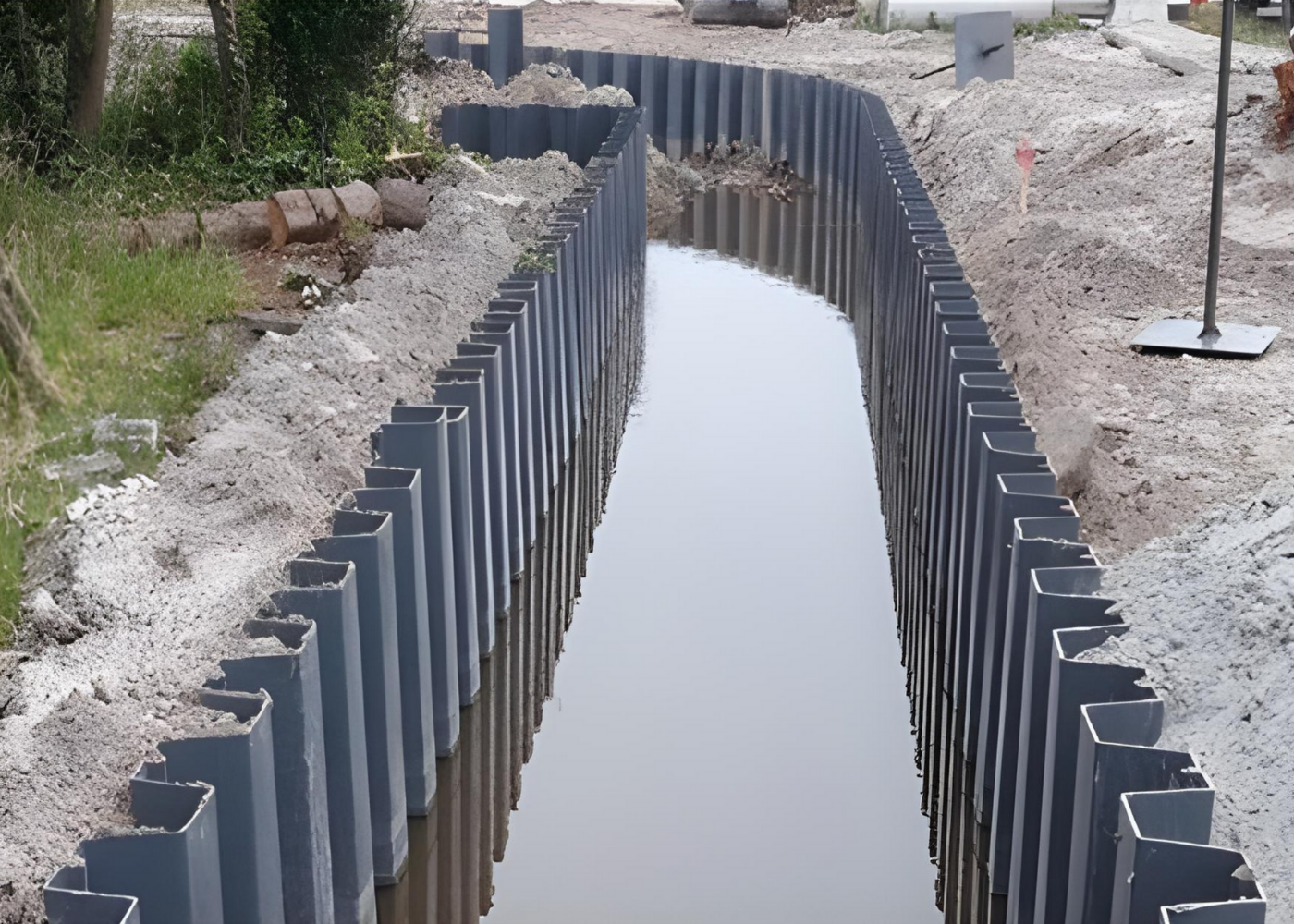
Design Considerations for Vinyl Sheet Pile Walls
The successful vinyl sheet pile walls design begins with a clear understanding of soil conditions, load requirements, and the overall structural layout. Vinyl sheet piles, although lighter than steel, still provide excellent structural support when used in conjunction with proper anchoring systems.
Load Calculations
Engineers should consider:
- Active and passive soil pressures
- Hydrostatic loads from groundwater
- Surface surcharge loads (such as vehicles, buildings, or nearby structures)
Wall Height and Embedment Depth
A general guideline is:
While a minimum embedment depth of one-third the total pile length is often used as a starting guideline, the actual embedment should be determined through geotechnical analysis, taking into account the soil type, wall height, groundwater conditions, and site-specific loads. For waterfront or marine environments, deeper embedment below the expected scour line and additional support are typically required.
Proper embedment helps minimise movement due to water flow or soil pressure, improving the wall’s long-term stability.
Structural Support and Tie Rod Layout
For taller or load-bearing retaining walls, include:
- Tie rods and waling beams to distribute lateral loads
- Deadman anchors to counteract pressure from retained soil
- Drainage features, such as piping or weep holes, are used to reduce hydrostatic buildup
Thanks to their lightweight profiles, vinyl sheet piles can be installed with smaller equipment, reducing site impact and increasing installation efficiency.
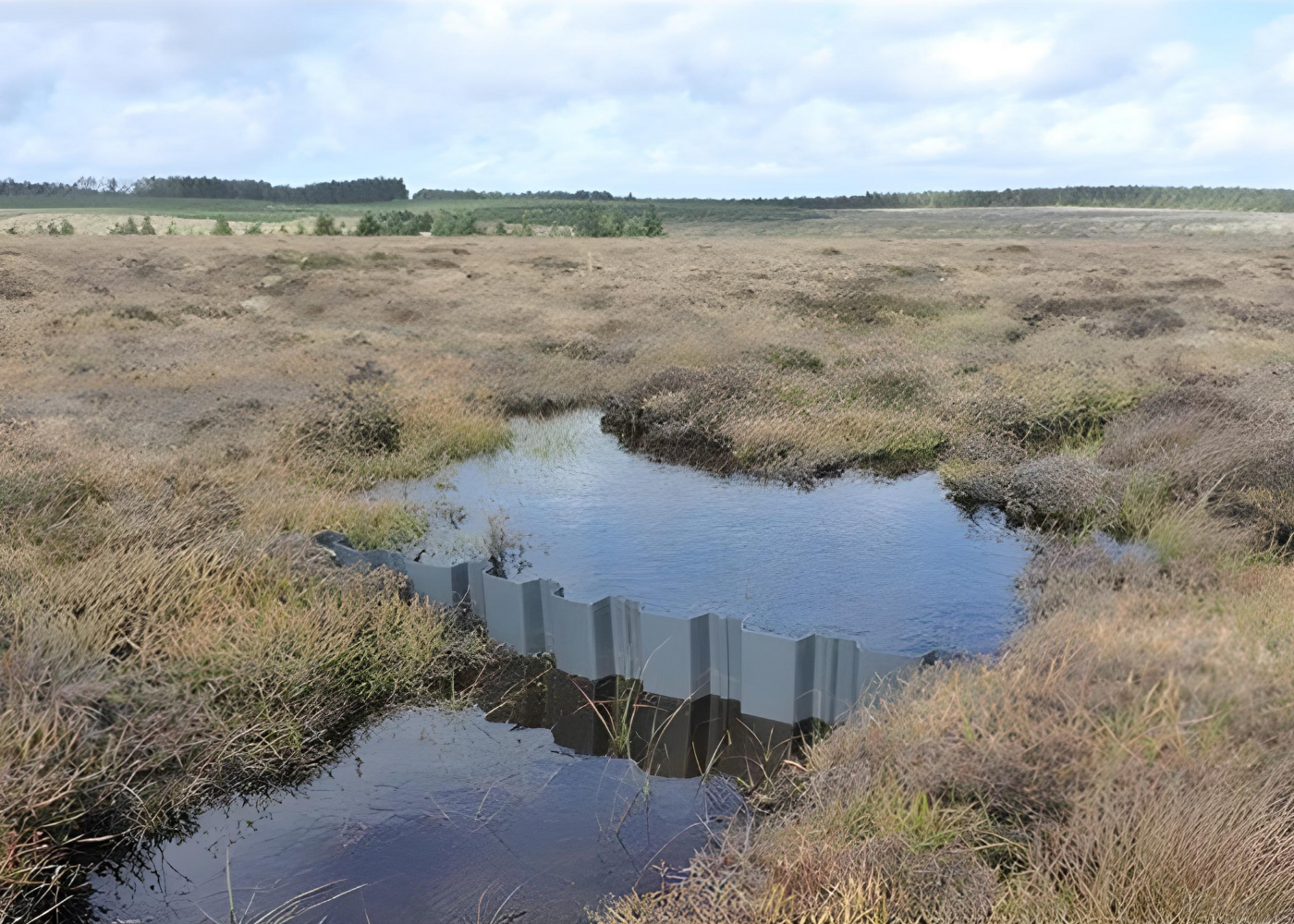
Integration with the Surrounding Landscape
One of vinyl’s major strengths is its ability to blend seamlessly with various types of terrain and architecture.
Slopes, Drainage and Seepage Control
To manage water and ensure wall stability:
- Add drainage pipes or geotextile filters behind the wall
- Include weep holes to allow water to escape
- Grade the surrounding area to divert surface runoff
Aesthetic Integration
Vinyl sheet piling can be used in:
- Canal and lakefronts with timber caps or concrete decking
- Gardens and residential properties for natural-looking boundaries
- Small boat basins or access ramps, with low-maintenance, clean finishes
Vinyl is often chosen for its appearance as well as its function, offering an attractive alternative to corroded steel or faded wooden walls.
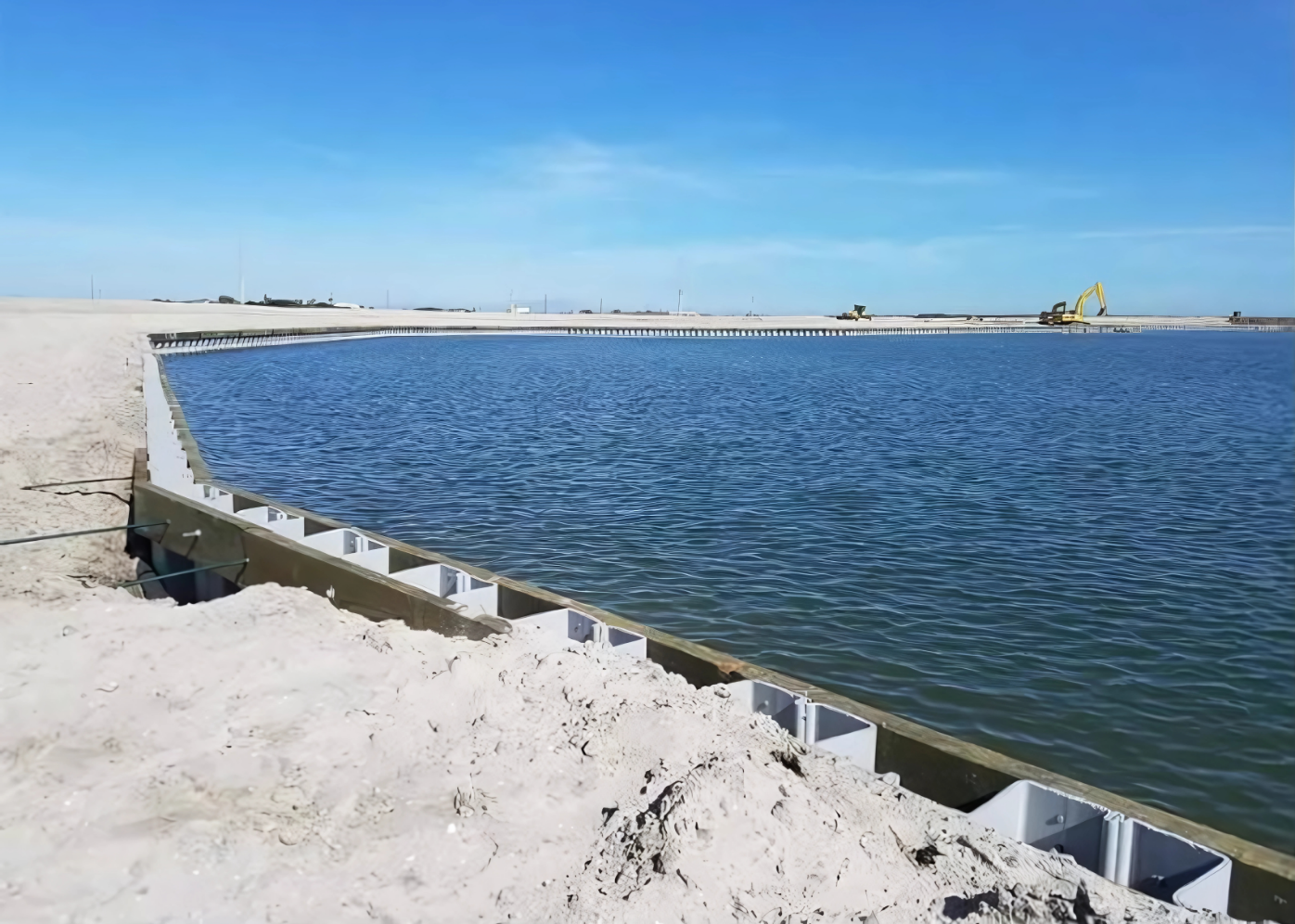
Common Applications
Vinyl sheet pile retaining walls are used in a variety of shoreline, inland, and structural applications:
Shoreline Stabilization
- Bulkheads and seawalls for erosion control
- Tidal barriers in flood-prone areas
- Boat ramps, piers, and access points
Inland Retaining Walls
- Canal banks and ditches
- Flood protection structures
- Soil retention for landscaping or water control systems
Vinyl sheet piles also play a crucial role in fluid containment projects and industrial composite bulkhead systems, where their chemical resistance and inert behaviour are essential.
Lifecycle and Performance
Vinyl sheet piles deliver excellent long-term performance with minimal maintenance, offering a clear advantage over wood and even coated steel alternatives.
Design Life Expectations
- Most premium vinyl products are rated for a service life of 40–75 years, depending on the quality of installation, load conditions, and UV exposure.
- They are especially effective in coastal, brackish, or contaminated environments where steel structures tend to degrade more rapidly.
Maintenance Advantages
- No need for repainting, anti-corrosion coatings, or chemical treatments
- Resistant to UV damage, marine growth, and moisture warping
- Retain their shape and alignment even in tough climate conditions
Conclusion
Vinyl sheet pile retaining walls offer a modern, sustainable, and cost-effective alternative to traditional timber and steel solutions. With proper design, these systems provide decades of reliable performance, aesthetic adaptability, and virtually no upkeep.
Whether you are planning shoreline protection, canal reinforcement, or inland soil retention, vinyl sheet piling offers a proven, long-term solution. For engineers and contractors delivering sheet piling solutions, plastic sheet piles represent a strong, environmentally conscious choice for today’s construction challenges.
Related Products from Aema Steel
- PVC Vinyl Sheet Piles
- Hot Rolled U Type Sheet Piles
- Hot Rolled Z Type Sheet Piles
- Steel Pipe Piles
- Welded H Piles
Contact us today to receive a tailored offer for your upcoming project.

